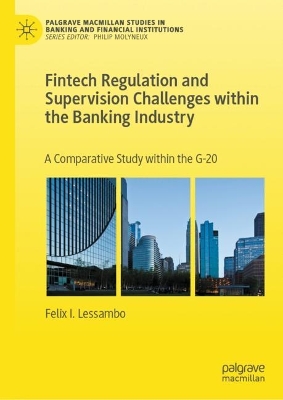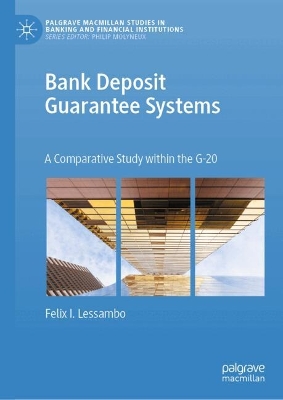Palgrave Macmillan Studies in Banking and Financial Institutions
3 total works
Anti-Money Laundering, Counter Financing Terrorism and Cybersecurity in the Banking Industry
by Felix I Lessambo
Despite massive investments in mitigation capabilities, financial crime remains a trillion-dollar global issue with impacts that extend well beyond the financial services industry. Worldwide, there are between $800 billion and $2 trillion laundered annually with the United States making up at least $300 billion of that figure. Although it is not possible to measure money laundering in the same way as legitimate economic activity, the scale of the problem is considered enormous. The cybersecurity landscape is always shifting, with threats becoming more sophisticated all the time. Managing risks in the banking and financial sectors requires a thorough understanding of the evolving risks as well as the tools and practical techniques available to address them. Cybercrime is a global problem, which requires a coordinated international response. This book outlines the regulatory requirements that come out of cyber laws and showcases the comparison in dealing with AML/CFT and cybersecurity among the G-20, which will be of interest to scholars, students and policymakers within these fields.
Fintech Regulation and Supervision Challenges within the Banking Industry
by Felix I Lessambo
More than 107 countries have some form of explicit deposit insurance according to the Bank Regulation and Supervision Survey conducted by the World Bank. This book explores the diverse deposit insurance regulations across countries, ranging from full to partial coverage, from explicit to implicit appliance, from compulsory to non-compulsory, among the G-20 countries. It also explores the differences of premium implementation. The book focuses on the need for deposit insurance systems given their ability to prevent bank runs, which usually lead to asset liquidation and potentially to bank failure. The book looks closely at how to properly design a safety net and balance two competing goals: ensuring stability in the financial system when liquidity and solvency problems arise while minimizing moral hazard. The book examines these various deposit insurance schemes and their ability to maintain the stability of the financial system by protecting the critical financial intermediation function of banks and their role in the national payments system, and will be of interest to researchers, students, and policymakers of banking, banking regulation, and international finance.


